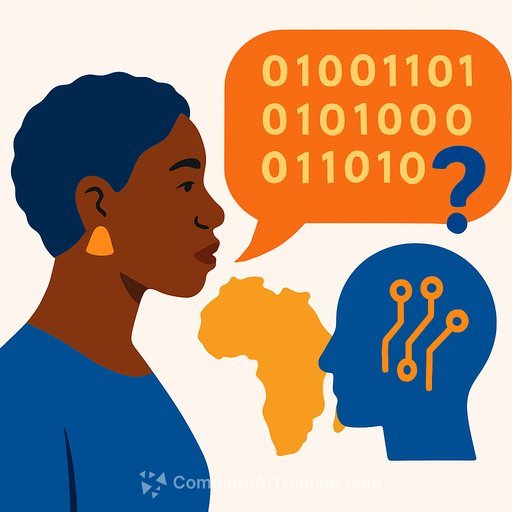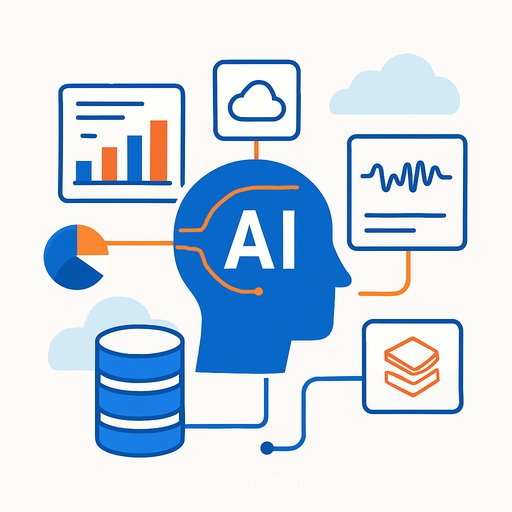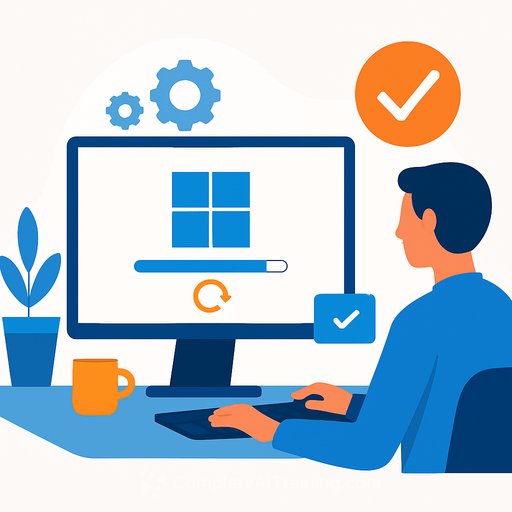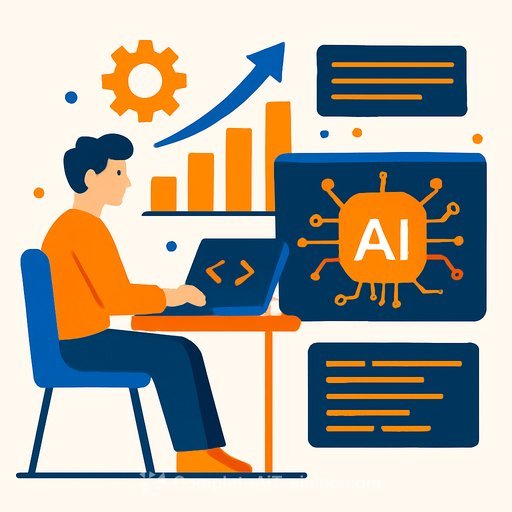AI Coalition Launches to Develop Inclusive African Language Models
An African-focused AI coalition is forming to build language models that actually work for local use cases and dialects. For engineers, this means new datasets, tokenizers, and eval harnesses that reflect how people speak and write across the continent.
Below is a practical blueprint you can use now-whether you're contributing to the coalition or running your own stack.
Why this matters for engineers
- Real users: Support, search, and assistants in Swahili, Yoruba, Hausa, Amharic, Zulu, Wolof, and more.
- Real channels: Voice notes, low-bandwidth SMS/USSD, WhatsApp bots, community radio transcripts.
- Real constraints: Sparse data, code-switching, dialect drift, and privacy requirements across regions.
The core technical challenges
- Data scarcity: Few high-quality, consented corpora; limited parallel text for translation and QA.
- Code-switching and dialects: Mixed-language sentences, regional orthographies, diacritics, and slang.
- Morphology: Agglutinative and inflected forms stress tokenization and vocabulary coverage.
- Speech: Diverse accents, background noise, and limited labeled audio for ASR/TTS.
- Compute and cost: Training and inference must fit tight budgets and sometimes offline environments.
- Safety: Bias, toxicity, and cultural context must be measured by native speakers, not assumed.
Data pipeline that respects consent
- Source ethically: Community forums (with approval), open radio/podcast transcripts, public documents, and donated corpora. Prioritize consent and licensing.
- Normalize text: Handle diacritics, punctuation, mixed scripts, and transliteration consistently.
- Label smarter: Combine weak supervision, active learning, and small expert batches for NER, sentiment, and QA.
- Speech data: Use community recording drives and existing initiatives (e.g., open speech projects) to bootstrap ASR/TTS.
- PII removal: Strong PII detection, redaction, and audit trails. Keep samples reproducible with dataset cards and versioning.
- Quality loops: Human review panels with native speakers; spot-check bias and misclassification early.
Modeling strategy that actually works
- Tokenization: Start with SentencePiece (Unigram/BPE) or byte-level BPE; validate coverage on each language and common code-switch pairs.
- Training recipe: A multilingual backbone + per-language adapters (LoRA/IA3) or a mixture-of-experts that routes by language family.
- RAG for local knowledge: Index local corpora and government FAQs; keep model smaller, context richer.
- Speech stack: Whisper-class models for ASR with domain fine-tuning; lightweight TTS for service replies.
- Safety: Build toxicity and stereotype tests in local languages; set refusal behaviors for sensitive requests.
Evaluation built by native speakers
- Text tasks: NER (F1), QA (EM/F1), summarization (human ratings + chrF), translation (BLEU/chrF + human adequacy).
- Speech tasks: ASR WER by dialect and environment (quiet, street, radio); TTS MOS with native panels.
- Code-switch sets: Curate mixed-language test splits; ensure tokenization doesn't collapse intent.
- Safety and bias: Culturally relevant toxicity lists, stereotype probes, and red-teaming sessions.
- Continuous eval: Add real user transcripts (with consent) as regression tests; track drift over time.
Deployment for real constraints
- Quantization: INT8/INT4 for on-device or edge inference; verify accuracy loss by task.
- Runtimes: vLLM or inference servers for larger models; llama.cpp/gguf for edge and offline.
- Interfaces: SMS/USSD fallbacks; WhatsApp integration; short voice-note flows for ASR-first users.
- Monitoring: Per-language latency, error rates, and refusal patterns; dataset updates tied to observed failures.
- Cost control: RAG over small models, caching frequent answers, and adapter-based fine-tunes instead of full retrains.
Governance and licensing
- Clear licenses: Prefer CC-BY/CC0 where possible; track any "research-only" sources and keep them isolated.
- Consent trails: Store provenance, approvals, and opt-out mechanisms; publish dataset and model cards.
- Community councils: Native speaker review groups for dataset changes, safety policies, and release criteria.
- Transparency: Document known model limits, dialect gaps, and expected failure cases.
90-day coalition plan (starter template)
- Weeks 0-2: Charter, languages in scope, license policy, and safety guidelines.
- Weeks 2-4: Data inventory, consent workflows, tokenization experiments, and baseline eval sets.
- Weeks 4-8: Baseline multilingual model + adapters; first RAG index; initial ASR fine-tunes.
- Weeks 8-10: Human eval with native panels; bias/toxicity probes; tighten safety behaviors.
- Weeks 10-12: Pilot deployments on one or two channels (SMS/WhatsApp); monitoring and feedback loop.
How you can contribute
- Join community efforts like Masakhane for dataset building, evaluation, and research coordination. Masakhane
- Donate compute or credits; host annotation sprints with local universities and developer groups.
- Open-source tokenizers, adapters, and eval harnesses; publish model/data cards with clear licenses.
- Create small, high-quality test sets for your dialect; share tough failure cases and edge examples.
Level up your stack
If you're building or maintaining LLM pipelines and want curated learning paths by role, this catalog can help:
Get Daily AI News
Your membership also unlocks:
700+ AI Courses
700+ Certifications
Personalized AI Learning Plan
6500+ AI Tools (no Ads)
Daily AI News by job industry (no Ads)





